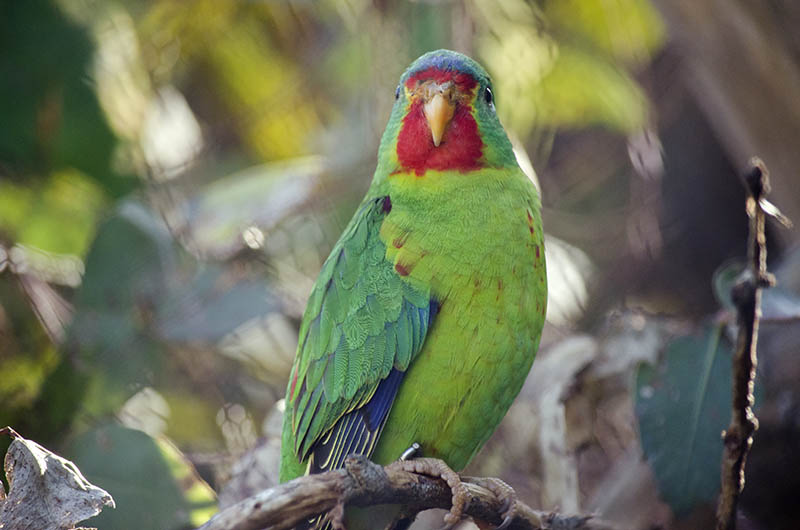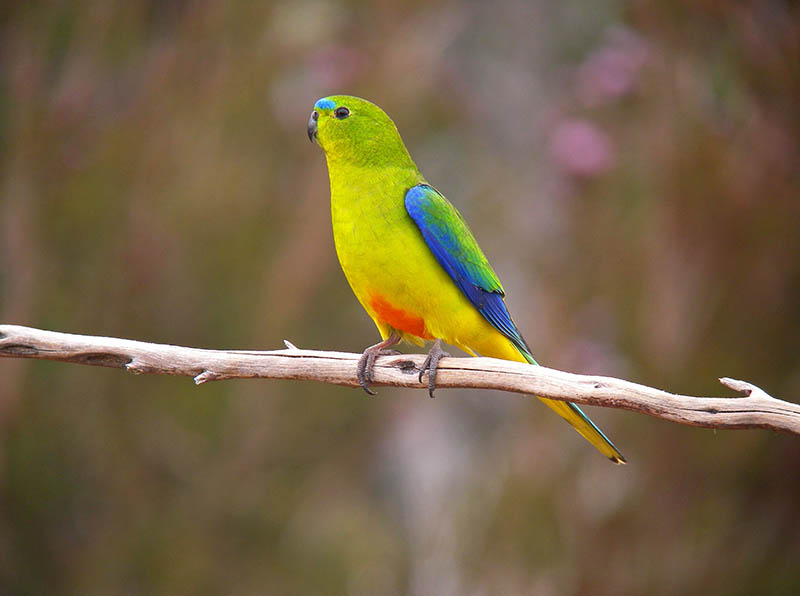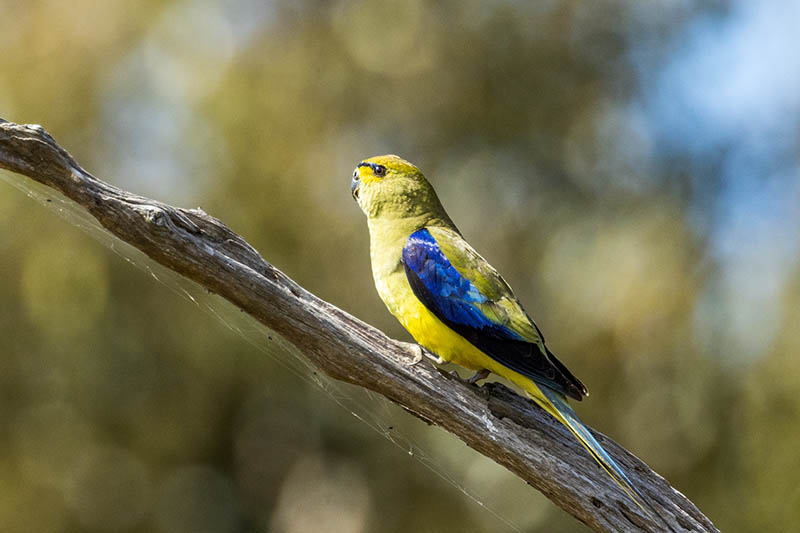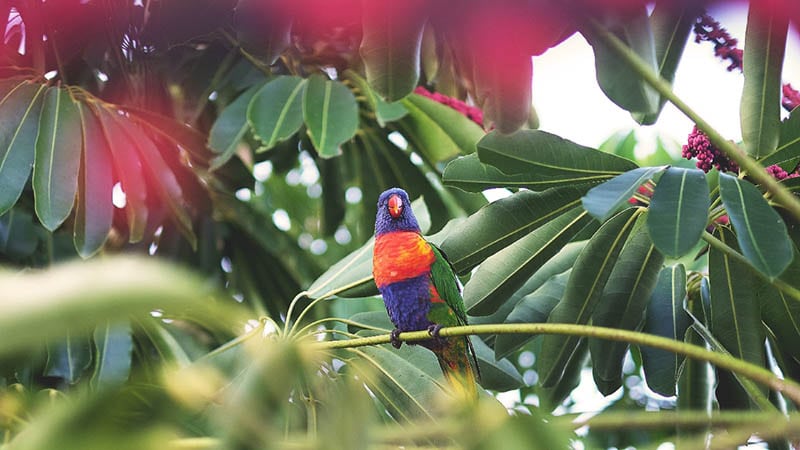Click to Skip Ahead
Bird migration refers to the seasonal movement of birds between breeding and wintering grounds. Many bird species will migrate, searching for resources like food and nesting locations. They will fly hundreds and thousands of kilometers to find the best conditions and habitats for breeding, feeding, and raising their young.
One bird species you may be wondering about is the parrot. Do they migrate like many of their avian relatives? Most parrots do not migrate as they reside in an established range throughout the year. There are, however, three exceptions. Read on to learn more about parrots and migration.

Why Don’t Parrots Migrate?
Birds migrate from areas with decreasing resources to places that offer more for them and their families. Migrating birds typically seek food and an area to raise their young. Some birds fly south in winter to trade frigid temperatures for a warmer tropical climate. These warmer climates also happen to offer more resources and places to shelter and nest than their wintery counterparts.
Most parrot species live in tropical and subtropical continents that do not experience freezing winter temperatures. This means they don’t face dwindling resources and always have an area to nest.
The 3 Migrating Parrots
As we alluded to in our article’s introduction, three parrot species routinely migrate in the classic sense of the word.
1. Swift Parrot

The swift parrot breeds in Tasmania during autumn and then migrates to the Australian mainland in February and March. Their journey takes them across the Bass Strait, a shallow channel that separates Victoria from Tasmania on the south.
As the swift parrots’ name suggests, they are quick fliers and among one of the most well-traveled parrot species, traveling as far as 1,200 miles yearly. They travel to Australia every year for the food available there, such as the blue gums eucalyptus—the nectar they feed their fledglings.
2. Orange-bellied parrot

The orange-bellied parrot also follows the same migration path as the swift parrot. They arrive on the mainland in October and stay until the beginning of April. They may stop on King Island on their way to Australia, with some remaining there all season long.
3. Blue-winged parrot

The third parrot species that migrates is the blue-winged parrot or the blue-banded parakeet. Like the orange-bellied and swift parrots, this species is found in Tasmania and Australia. It is a partially migratory bird, with populations traveling to Tasmania during summer.
According to the IUCN Red List, the swift parrot and orange-bellied parrot are “Critically Endangered.” There are 1,000 to 2,499 mature swift parrots left, and just 20 to 25 mature orange-bellied parrots remain. The IUCN Red List lists the blue-winged parrot as “Vulnerable,” with 7,500 to 15,000 mature individuals remaining.
- Related read: 15 Interesting Facts About Parrots You Will Love to Know

Final Thoughts
Most parrots live in an area where they have access to what they need year-round. The three parrot species that migrate are listed as critically endangered and vulnerable. Their low population may have something to do with their migration habits, as migrating yearly is a gamble. Many lose their lives due to weather, hungry predators, exhaustion, and starvation.










